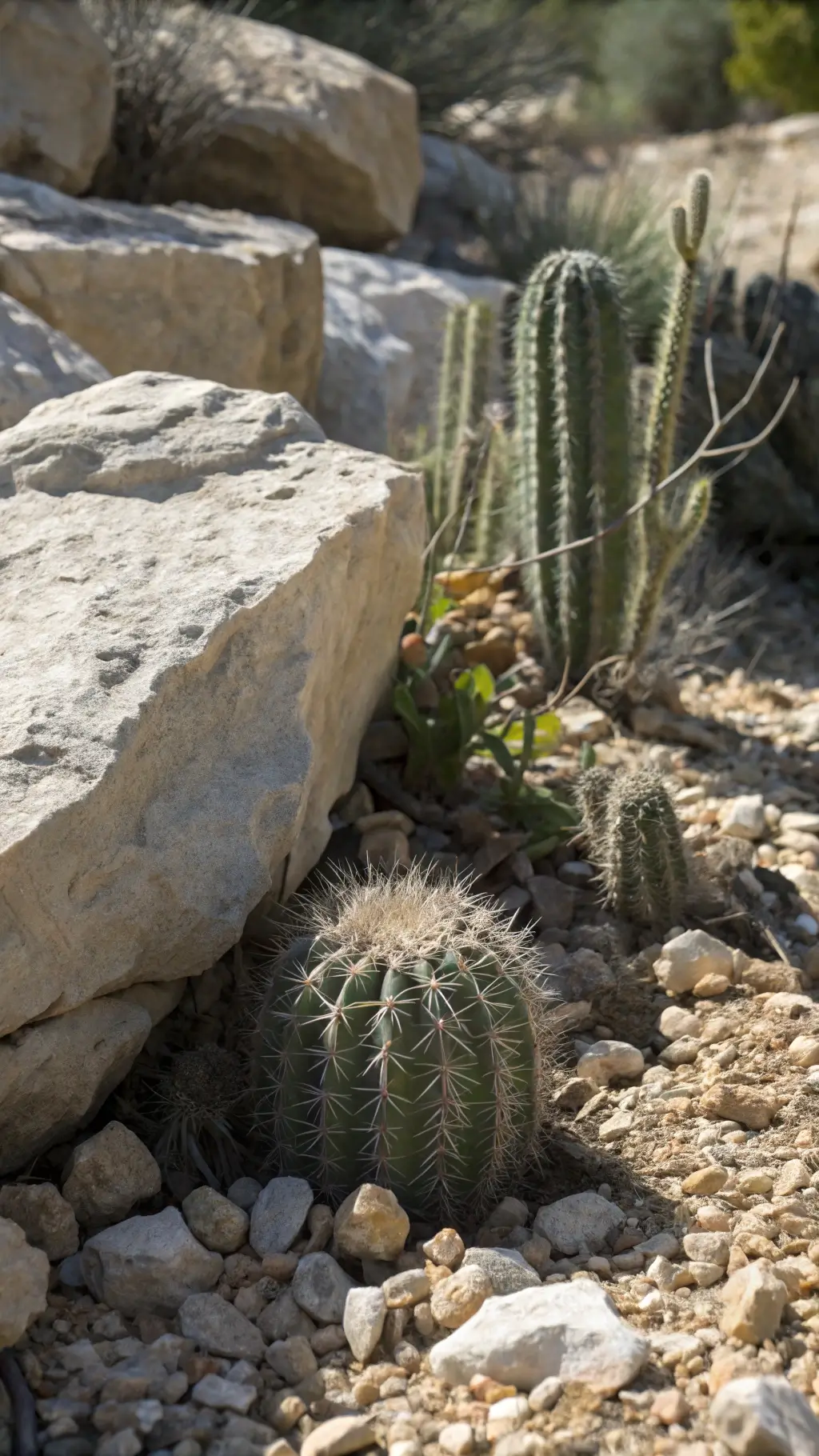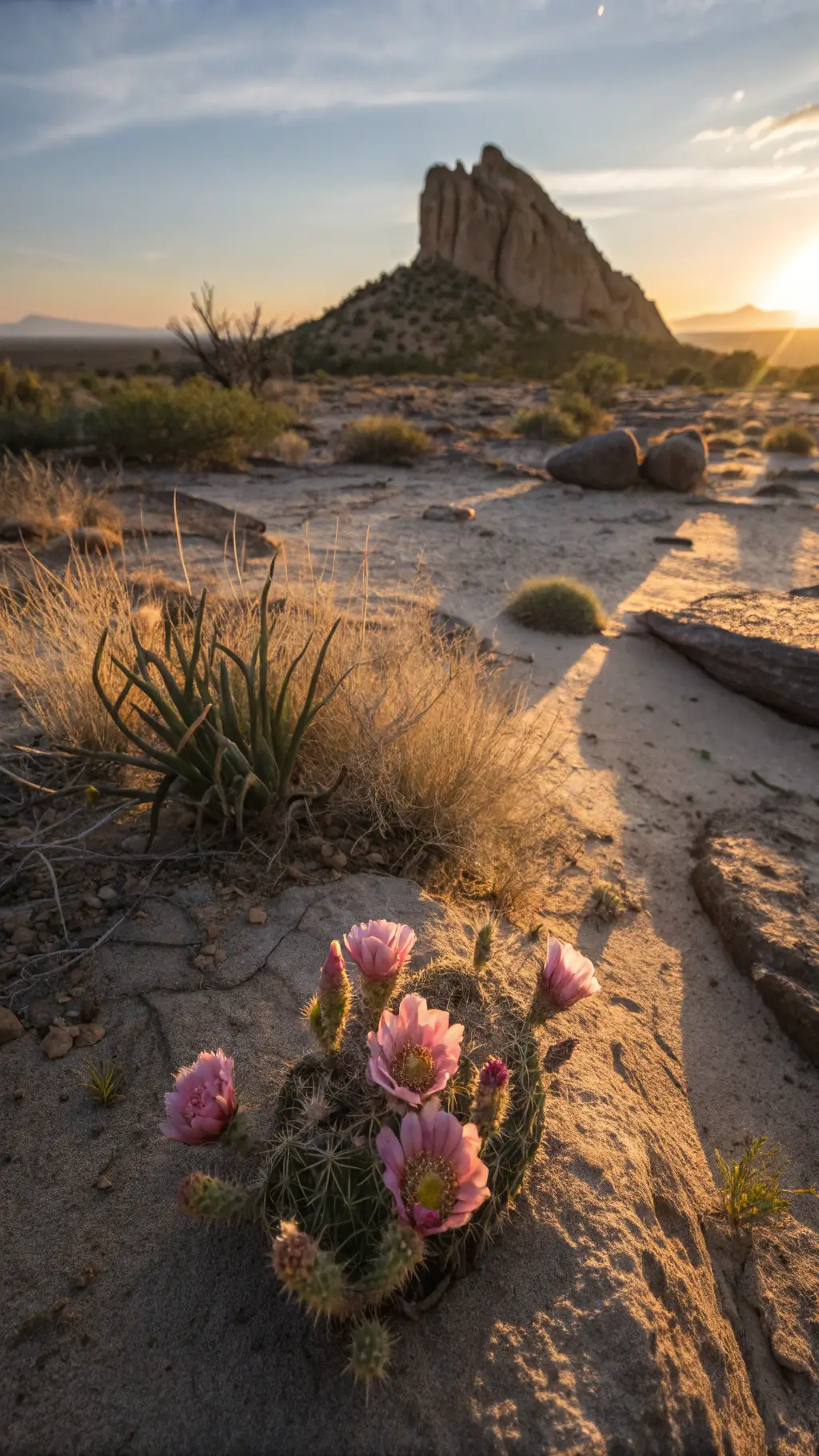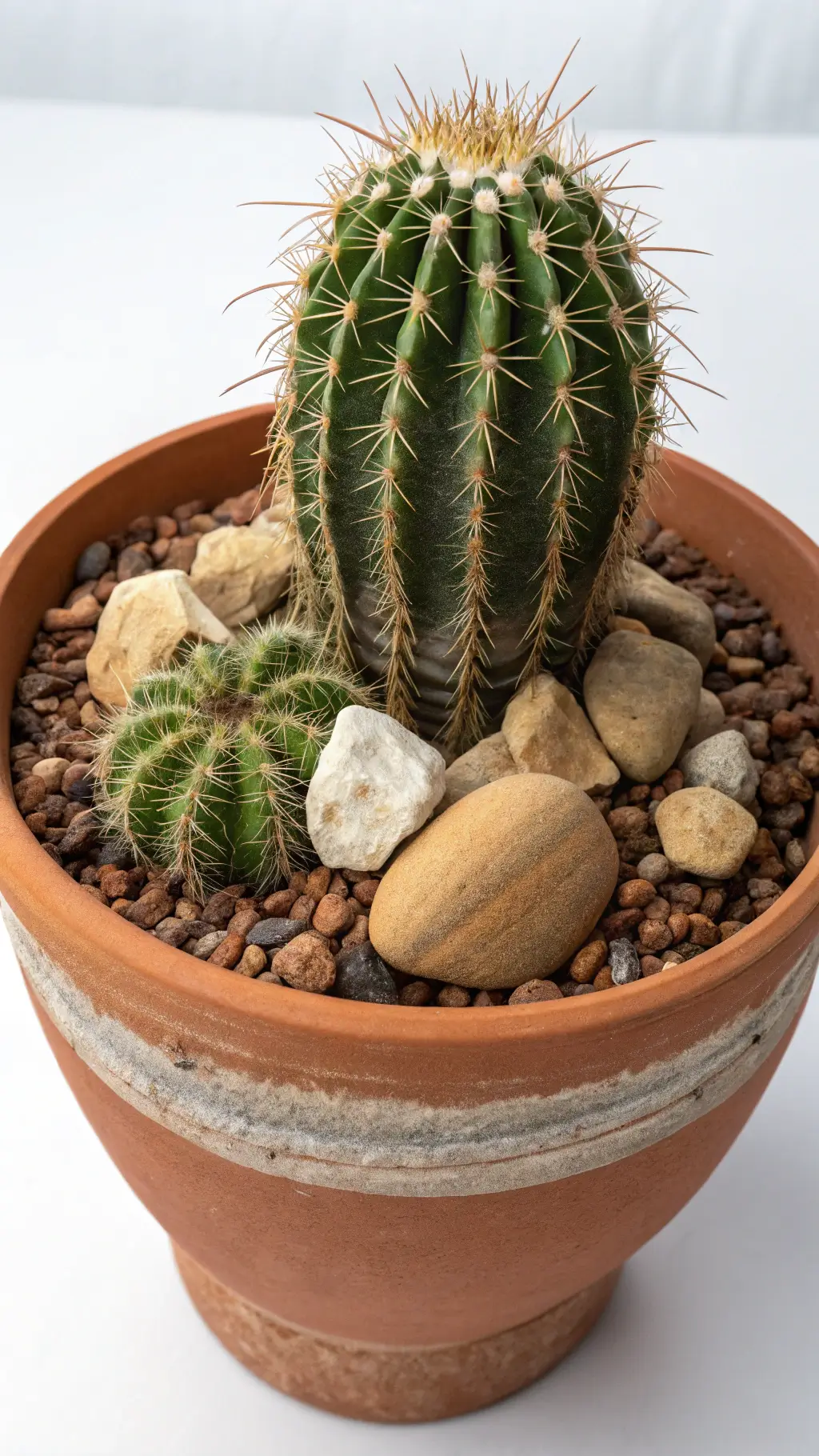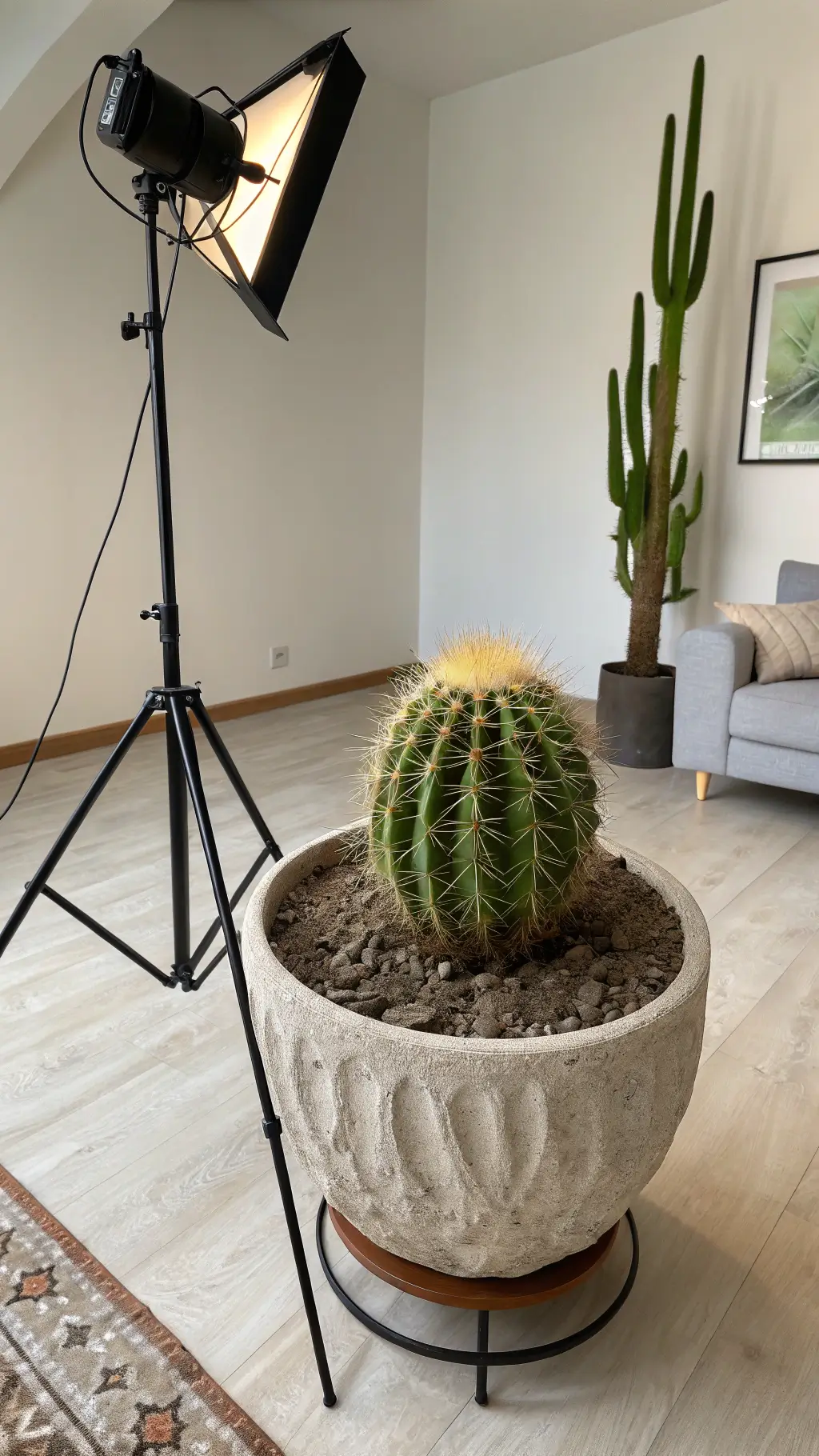Living Rock Cactus: Nature’s Master of Desert Camouflage – A Complete Care Guide
Hey there, plant enthusiasts! Let me tell you about one of the most fascinating desert dwellers I’ve ever encountered – the living rock cactus (Ariocarpus fissuratus).
The Mystery Behind the Stone
I remember the first time I spotted one in Texas – I nearly stepped on it! That’s how good these little masters of disguise are at blending in with their surroundings.
What Makes It So Special?
Let me paint you a picture of this remarkable plant:
- It’s basically nature’s ninja, growing almost completely underground
- Instead of spines, it sports flat, triangular tubercles
- The color? A chameleon-like grayish-green to brown
- Size-wise, it’s humble – maxing out at 6 inches across
- Surprises everyone with gorgeous pink-purple blooms in fall
Natural Habitat
These tough little survivors call the Chihuahuan Desert home, specifically:
- Limestone-rich areas
- Rocky, sun-baked patches
- Low elevation zones in Texas and northern Mexico
Growing Your Own Living Rock
Here’s what I’ve learned about keeping these prehistoric-looking plants happy:
Water Requirements:
- Think desert-dry
- Less is more – seriously!
- Water only when soil is completely dry
Soil Needs:
- Super well-draining mix
- Heavy on the mineral content
- Light on organic matter
Sunlight:
- Full sun is best
- Morning sun with afternoon shade works too
- Protection from intense afternoon rays in extremely hot climates
The Conservation Chat
Here’s the serious part – these incredible plants are endangered. Why?
- Over-collection by enthusiasts
- Habitat destruction
- Extremely slow growth rate
If you’re considering adding one to your collection:
- Buy from reputable nurseries only
- Never collect from the wild
- Consider grafted specimens for faster growth
Fun Facts That’ll Impress Your Plant Friends
Did you know:
- It’s nicknamed “false peyote” (though it’s completely different)
- Indigenous peoples used it medicinally
- It can live for decades with minimal care
- Each plant is like a unique piece of natural art
Remember: Patience is key with these slow-growing wonders. Think of them as living sculptures that reward your patience with stunning blooms and endless fascination.
Keep it real with these desert gems, and they’ll be conversation starters in your collection for years to come!







